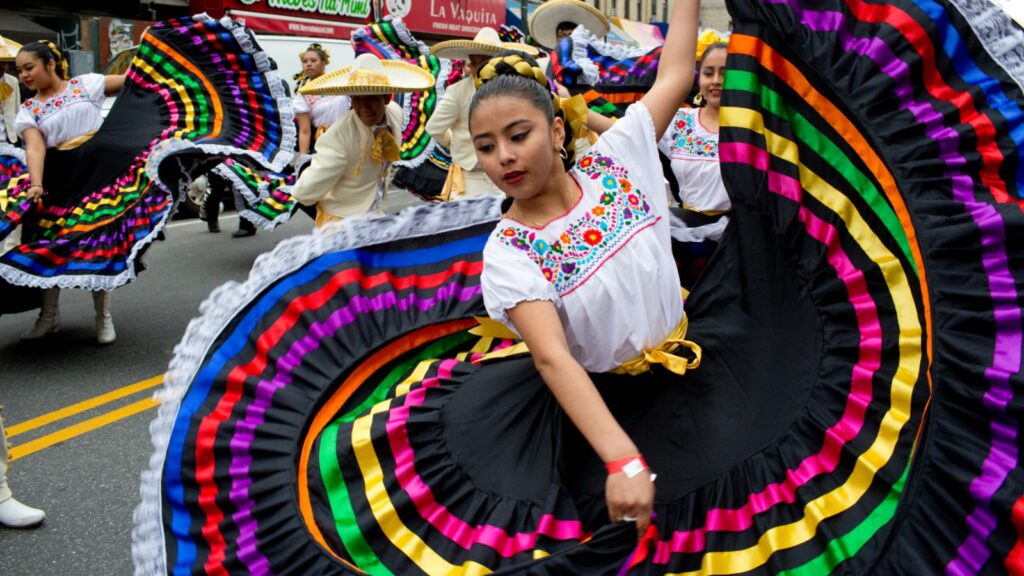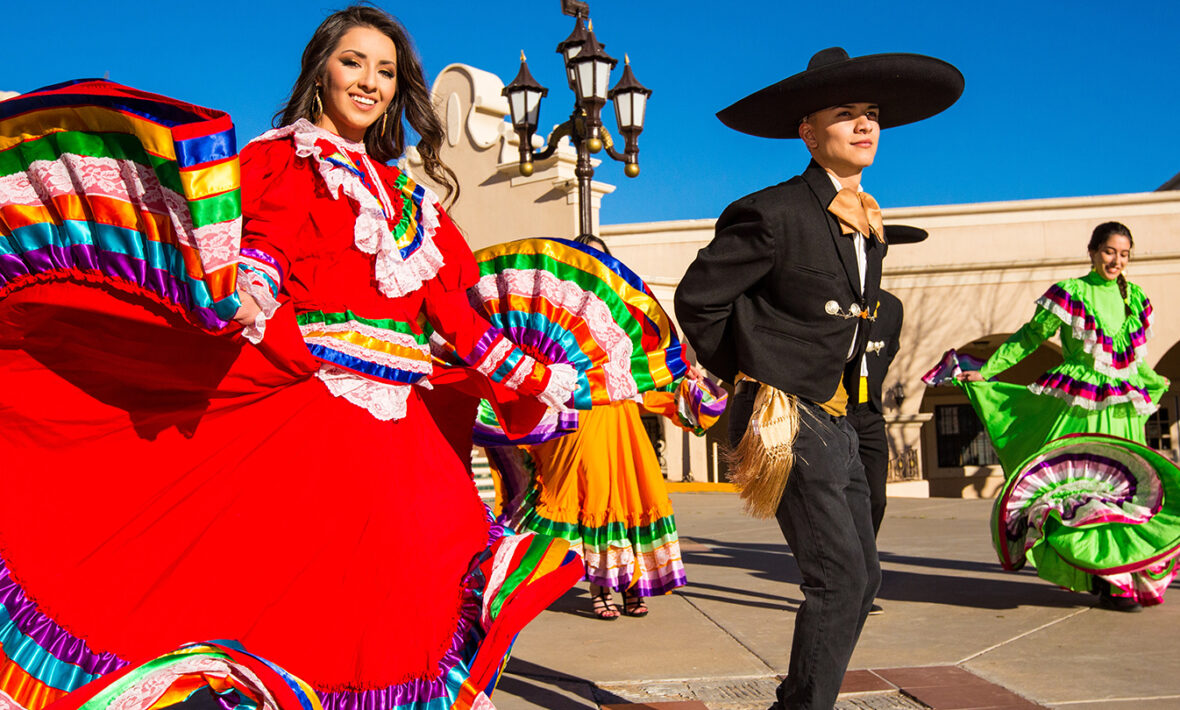Cinco de Mayo (Spanish for “Fifth of May”) commemorates the Mexican Army’s unlikely victory over the considerably larger and better-equipped French forces at the Battle of Puebla on May 5, 1862. Under the leadership of General Ignacio Zaragoza, the Mexican troops defended Puebla de Los Angeles against the invading French army, which was attempting to establish a satellite state in Mexico. This victory was a significant morale boost for Mexico, symbolizing the country’s resilience and determination against foreign intervention, even though the French eventually occupied the country for a few years afterward.

The way Cinco de Mayo is celebrated differs significantly between Mexico and the United States:
- In Mexico: Cinco de Mayo is primarily observed in the state of Puebla, where the battle took place. Celebrations there often include military parades, speeches, and reenactments of the 1862 battle. However, it is not a major national holiday across the rest of Mexico. Most banks, government offices, and businesses remain open elsewhere in the country. It’s more of a regional historical commemoration than a nationwide fiesta.
- In the United States: Cinco de Mayo has evolved into a much larger and more widespread celebration of Mexican culture and heritage, particularly in areas with significant Mexican-American populations. It was popularized by Chicano activists in the 1960s and 1970s as a way to celebrate ethnic pride and identity. Today, it’s often marked by:
- Parades and festivals
- Mariachi music performances
- Mexican folk dancing (like Baile Folklórico)
- Enjoying traditional Mexican food (tacos, enchiladas, guacamole, etc.)
- Consuming Mexican beverages (margaritas, tequila, Mexican beers). It has become highly commercialized in the US, sometimes leading to criticism that its historical significance is overlooked in favour of partying.
Important Distinction:
A common misconception, especially outside Mexico, is that Cinco de Mayo is Mexico’s Independence Day. This is incorrect. Mexico’s Independence Day (Día de la Independencia) is celebrated on September 16th. This date marks the “Cry of Dolores” (Grito de Dolores) in 1810, which initiated the war that ultimately led to Mexico’s independence from Spain. September 16th is Mexico’s most important national holiday, akin to the 4th of July in the US.
In summary, while originating from a specific military victory in Puebla, Cinco de Mayo has become a day, particularly in the US, to celebrate the richness of Mexican culture and heritage. Sources and related content








Для эффективного продвижения можно купить базы xrumer https://www.olx.ua/d/uk/obyavlenie/progon-hrumerom-dr-50-po-ahrefs-uvelichu-reyting-domena-IDXnHrG.html, подобрав оптимальный вариант.